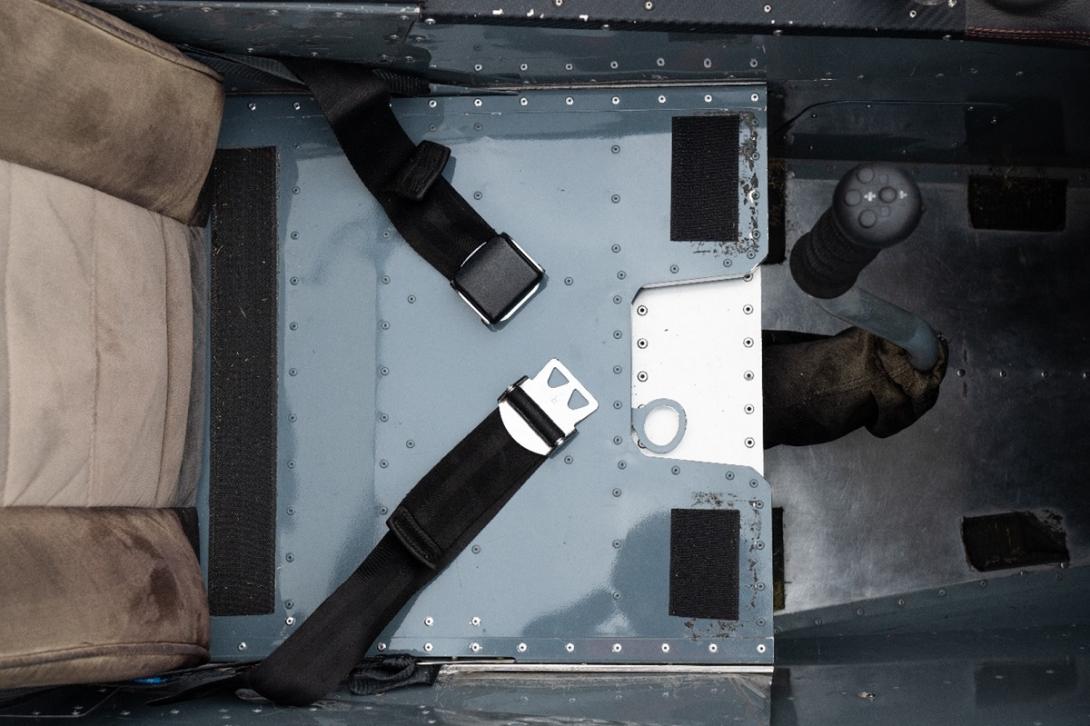
A recent incident in which the pilot’s seat of a Sling 2 light aircraft moved fully aft during the take-off roll highlights the importance of ensuring seat mechanisms are free of defects, and that seats are properly locked into position prior to take-off.
As reported to the ATSB by the operator, a student pilot was conducting their first solo flight in early April when, as they began to accelerate for take-off, the fore/aft seat locking mechanism unlatched, and their seat moved fully rearwards, resulting in the pilot being unable to reach the rudder pedals.
Fortunately, the pilot was able to close the throttle, apply the hand brake, and bring the aircraft to a stop on the runway.
A maintenance assessment later found a defect in the seat securing mechanism, and the aircraft was grounded so the issue could be rectified.
“Seat movement during take-off is a dangerous occurrence, and has been a factor in fatal accidents and other serious incidents in the past,” ATSB Director Transport Safety Stuart Macleod said.
In March 2014, a Cessna 206 stalled shortly after take-off and collided with terrain at Caboolture, Queensland, fatally injuring the pilot and four passengers on-board.
“It was likely that the pilot seat rear rail stop was not fitted at the time of the accident,” Mr Macleod said.
“This increased the risk of the seat feet disengaging from the rear of the seat rails if the primary locking pins were not secure or failed, and an uncommanded rearward movement of the seat and subsequent in-flight loss of control.”
In 2018, CASA issued an airworthiness bulletin (AWB 25-032) to single-engine Cessna operators and maintainers highlighting the importance of meticulous inspection and timely maintenance to ensure pilot seats, adjustment mechanisms and seat track locking mechanisms are secured correctly to prevent inadvertent seat movement, particularly during critical phases of flight.
“While the recent incident did not involve a Cessna, the AWB is a pertinent message for operators and maintainers of all aircraft types,” Mr Macleod said.
“The proper fitment and good condition of aircraft seats and their adjustment mechanisms is crucial for safe operation.”
Read the ATSB’s investigation into the 2014 accident here.
Read CASA’s relevant AWB here.


